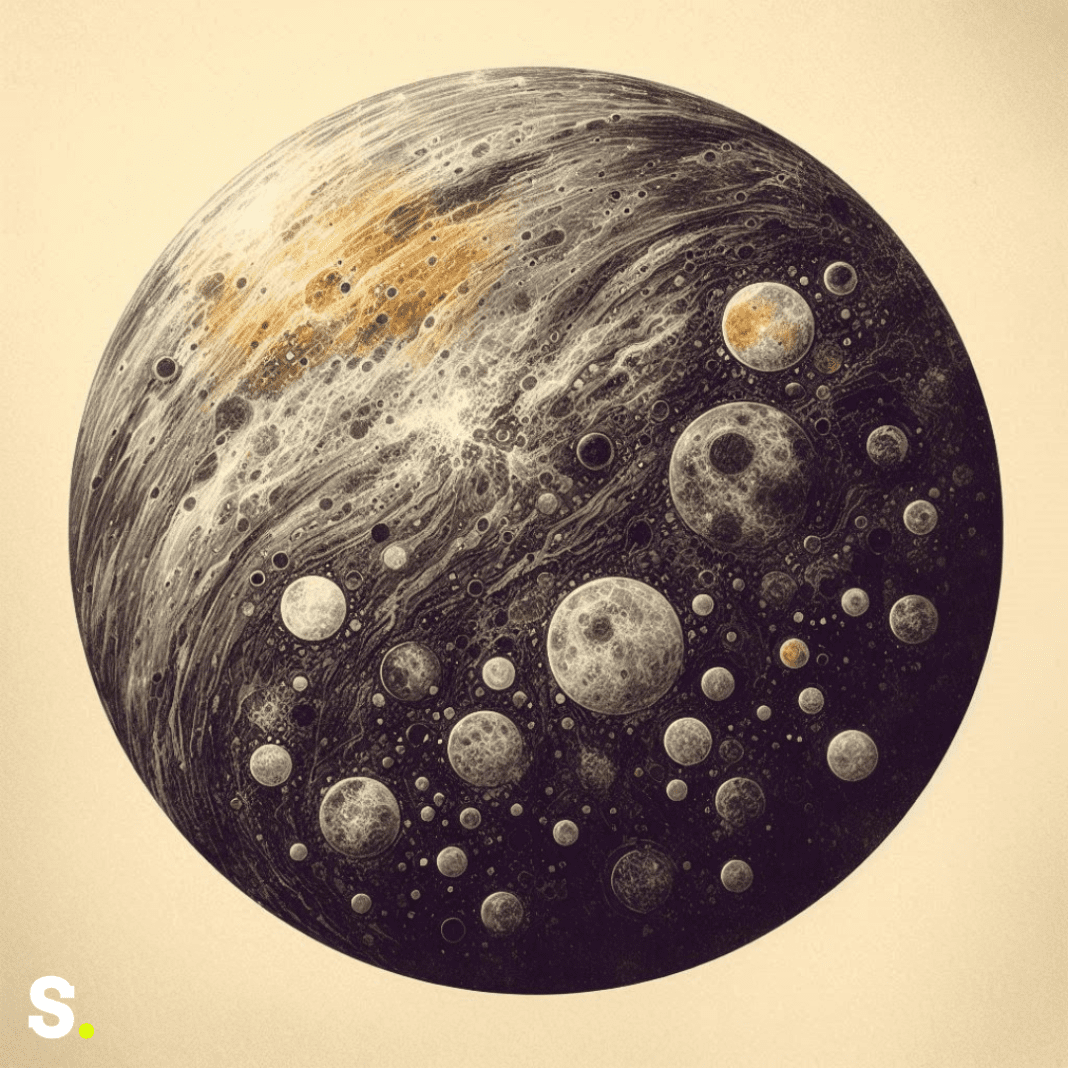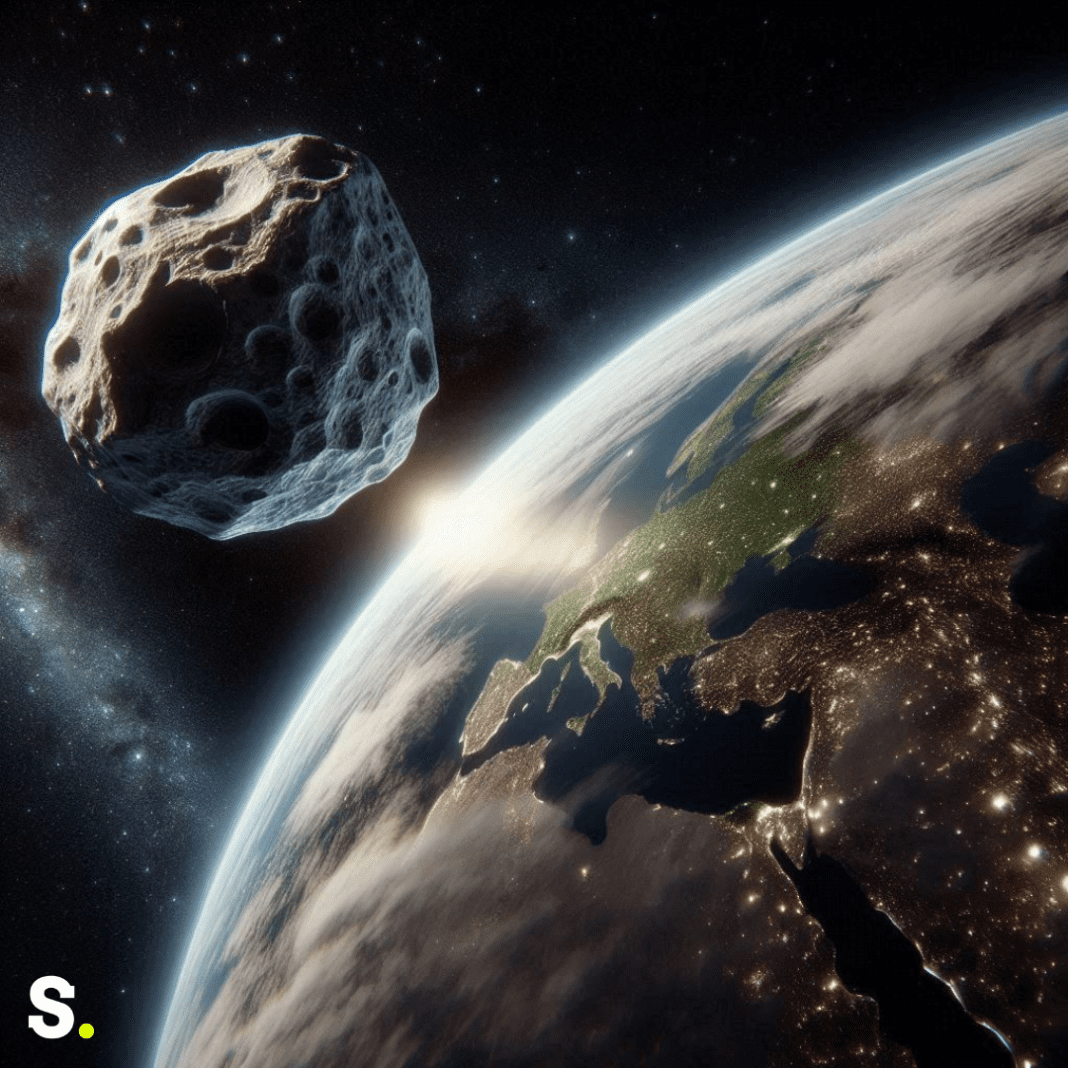The smallest planet in our solar system, Mercury, has revealed something amazing to scientists. Researchers have discovered that there might be a layer of diamonds ten miles thick under Mercury’s crust based on information from NASA’s Messenger mission.
Mysteries of Mercury
This discovery may provide answers to a number of long-standing questions concerning the planet nearest to the sun. Because of its exceptionally dark surface, deep core, and early termination of volcanic activity, Mercury has baffled scientists for years. Scientists have theorized that Mercury formerly had a carbon-rich lava ocean due to the discovery of graphite spots on its surface. Mercury’s dark surface hue and the graphite spots would have been produced by this ocean.
However, new study indicates that diamond, a more valuable form of carbon, may make up Mercury’s mantle instead of graphite, as previously believed. The high-pressure conditions near Mercury’s mantle-core barrier are responsible for the development of this diamond layer. The thickness of this layer may exceed 15 kilometers.
Mercury’s dark surface has always been a puzzle. Unlike other planets, Mercury’s surface is significantly darker, making it look almost black in some areas. The graphite patches found on the surface are believed to be remnants from an ancient time when Mercury had a vast ocean of molten carbon. As this magma ocean cooled, it left behind graphite deposits. This was the prevailing theory until the recent discovery suggested something even more remarkable: diamonds.
Exploring Mercury’s Interior
Scientists on Earth replicated the inner conditions of Mercury in labs to look into this possibility. They replicated the harsh conditions found deep within the planet by applying almost seven gigapascals of pressure to synthetic silicate using a large-volume press. These extreme pressure conditions are comparable to those that exist at the mantle-core barrier of Mercury.
The scientists think there are two possible ways the diamond layer may have formed: either a carbon-rich magma ocean crystallized, or Mercury’s liquid core gradually crystallized. As the carbon-rich magma ocean cooled and solidified, it likely formed graphite. But under the immense pressure at the mantle-core boundary, this graphite could have transformed into diamond, creating a thick, sparkling layer beneath the surface.
This finding may also help to explain why the significant volcanic activity on Mercury halted about 3.5 billion years ago, rather swiftly. A covering of diamonds might have made it easier to remove heat quickly, which would have caused volcanism to end sooner. Mercury’s volcanic history is another aspect that has intrigued scientists. Unlike Earth, which has ongoing volcanic activity, Mercury’s volcanic life seems to have ended abruptly. The presence of a diamond layer could be the key to understanding this phenomenon. Diamonds are excellent conductors of heat. If a thick layer of diamonds existed beneath Mercury’s surface, it could have quickly dissipated the heat from the planet’s interior, causing volcanic activity to cease much sooner than on other planets.
Future Investigations regarding to Diamonds
The group intends to carry out additional study on the thermal impacts of a diamond layer at the mantle-core interface. They hope to improve their knowledge of Mercury’s interior structure and evolution with fresh data from the BepiColombo mission, which is scheduled to launch in 2026. The BepiColombo mission, a joint effort by the European Space Agency (ESA) and the Japan Aerospace Exploration Agency (JAXA), is on its way to Mercury. It aims to provide detailed information about the planet’s surface, magnetic field, and internal composition. Scientists are hopeful that this mission will shed more light on the diamond layer theory and offer new insights into Mercury’s geological history.
Although the discovery of diamonds on Mercury is intriguing, the severe temperatures and depth of the planet’s potential diamond deposits make mining them impractical at this time. Mercury is incredibly hot, with daytime temperatures soaring above 800 degrees Fahrenheit (430 degrees Celsius). Even if we had the technology to mine at such depths, the heat would make it impossible for any machinery or humans to operate there. For now, the diamonds on Mercury remain a fascinating discovery, out of reach but offering a tantalizing glimpse into the planet’s mysterious past.
This finding, which was reported in Nature Communications, provides new insights on the solar system‘s planetary formation and evolution. It highlights how much there is still to learn about our neighboring planets. Each new discovery brings us closer to understanding the complex processes that shaped our solar system billions of years ago. Mercury, often overlooked due to its small size and proximity to the sun, now stands out as a planet with a hidden treasure trove of scientific secrets waiting to be uncovered.




